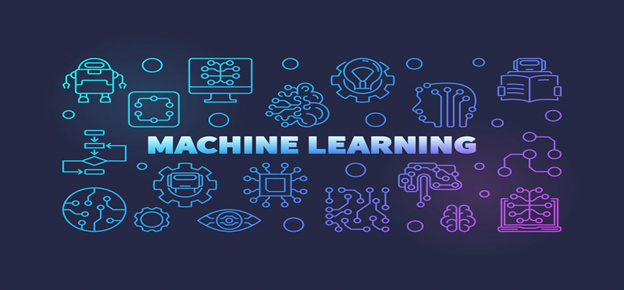Machine learning is an invaluable resource that enables companies to gain insight from large datasets. It also automates certain processes, saving time and money in the process.
Machine learning is becoming an integral part of many fields and industries. Gain insights on how to utilize it effectively while avoiding common pitfalls.
Supervised Learning
Supervised learning is a subset of machine learning that uses labeled datasets to train its algorithms on how to classify data or predict outcomes. It has applications such as product recommendations, customer segmentation, and diagnosis.
Machine learning (ML), also referred to as classification and regression, is an invaluable asset for businesses since it allows them to make accurate predictions based on data.
The most widely used supervised algorithms include decision trees, random forests, k-nearest neighbors and neural networks. Each has a specific use case and requires inputs to build a model capable of predicting an intended outcome.
When it comes to supervised learning, it’s essential to prepare data appropriately. Doing so guarantees the model can perform well in real-world scenarios. Furthermore, having diverse training examples helps prevent overfitting.
It is essential to remember that supervised models require labeled data in order to make accurate predictions. To do this, provide the data in an easily processed format.
Furthermore, a supervised learning model must be tested with new data in order to verify whether its predictions were correct or not. This is where exploratory data analysis (EDA) comes into play and provides valuable assistance.
Unsupervised learning, on the other hand, is an application of machine learning (ML) that utilizes raw unlabeled data to uncover patterns and explain hidden structures. It’s a powerful technique for recognizing anomalies or new trends in data sets.
The primary distinction between supervised and unsupervised learning is that in the former case, a model receives data points with an assigned category. Based on its knowledge of this category, it then assigns an output value to each data point.
Classification is an integral component of supervised learning, helping the computer accurately assign data points into categories and predict an outcome. An obvious application of classification is spam detection – helping it identify spam messages before they reach recipients.
Another example of supervised learning is image classification. With this form of ML, computers are able to recognize images and identify objects within them as well as comprehend how an image is constructed.
Unsupervised learning requires less resources, while supervised ML requires labeled data during the learning process. This makes supervised ML more suitable for certain ML tasks like image recognition or recommendation engines.
Discover the best Machine Learning topics in IoT Worlds, click here.


